

Master Hybrid Electric Vehicle Product Development & Design Engineering from AICTE & ASDC, Govt. of India, the apex body for awarding certification in Automotive Industry. Get personalised student support, timely doubt resolution and much more from DIYguru.


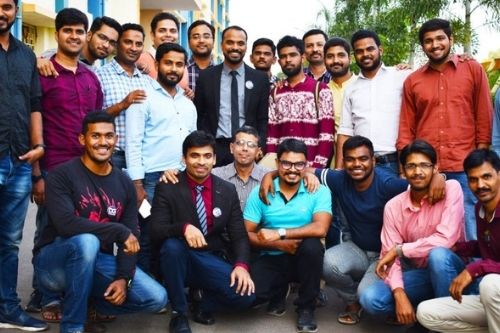
Opportunity to work on 10+ Live Projects & Case Studies in Retrofitting, Modelling and Simulation of lithium cell parameter & H Bridge Motor controller using Matlab
Receive 1:1 Career Counselling Sessions, Mock Interviews and Resume Building support from our career coaches.
Be a part of the 5000+ Electric Vehicle professionals community from DIYguru & ASDC.
Learn while you earn through 100% online format
Work on more than 10+ Live Projects (Online & Offline)
Make Participants more employable in rising Electric Vehicle Industry.
Prepare participants to match up demand and supply gap with the industry 4.0 revolution.
Bridge the gap between conventional methods of learning and application-based method of learning.
To empower participants with the skills to face future E-Mobility challenges.
Mid-Trainee (GETs) Design and Engineering professionals will be able to upskill themselves on the Electric Vehicle End to End Product Development aspects + gain a holistic perspective on both the functions with hands-on knowledge of latest tools and technology.
Students at the start of their career after graduation will be able to kick-off their Electric Vehicle Industry experience with jobs & Internships in EV related Design & Manufacturing Industry.
Automotive enthusiasts (No academic qualification mandatory) working in industries such as Automotive, Auto component, Design, Manufacturing, etc.
Working in Functional areas such as R&D, Analysis, Maintenance, Projects, component design, etc.
Students from Engineering background looking to get a job opportunity in Electric Vehicle Startups, OEMs and Industries.
Candidates Interested in pursuing further studies on the part-time or full-time basis in Automotive, Electrical, Electronics, and Mechanics sector.
Graduates from a recognized University/College in any discipline of Engineering
Students pursuing the final year of Engineering can also apply
BUNDLED 18 COURSES INCLUDED + LIVE SESSIONS + 10 INDUSTRY PROJECTS + DOUBT SESSIONS + CAREER GUIDANCE
UNIQUE FEATURES OF THE PLACEMENT ASSURED PROGRAM
Full training & placement support till you get hired! || 18+ courses! || Offline EV Nanodegree and Technician training programs || No course expiry | Uninterrupted access to DIYguru Maker’s space || Full equipment support 24×7 during & after the training as well || Post-placement support || Unlimited access to workshops and training until the right employment is achieved!
Fundamental (Electrical) | |
Introduction | |
History of Electric Vehicle | |
Pre-requisite | |
Calculating the Electrical Unknowns of a DC Parallel Circuit | |
Analyzing Time-Series Data for Distance, Speed, and Acceleration | |
Design Phase | |
Motors | |
Batteries | |
Converter, Inverter, Controls and Controllers | |
Describing Inverter Functions in Electric and Hybrid Vehicles | |
Working Safely on Electric and Hybrid Electric Vehicle Components | |
Assignment | |
Fundamental (Mechanical) | |
| |
An overview of Pre-Requisites for the Course | |
Automotive Components | |
Loads | |
Vehicle Dynamics | |
Suspension System | |
Suspension Geometry | |
Miscellaneous | |
Modelling & Simulation (Reference Books) | |
Assignment | |
Certification | |
Your Current Standing | |
FAE1.6 The Government Policies of Make in India : Next 5 Yrs. | |
Getting Started | |
Chassis / Rollcage | |
Tyres & Wheels | |
Engines | |
Clutches | |
Transmission | |
Revision to Basic Concepts | |
Suspension | |
Study Materials | |
Certification | |
1. Basic power electronics | |
2. Energy Storage System | |
3. EV Architectures | |
Soliworks E Bike design | |
Solidworks Electric Vehicle Design | |
Solidworks for Formula SAE | |
SDFS7 : Stress Analysis of FSAE Spindle Upright SolidWorks Simulation | |
Solidworks for BAJA SAE | |
Certification | |
Battery Management System | |
Get Started with SIMULINK | |
Modelling and Simulation | |
Introduction | |
Mechanical Basics | |
General Preprocessing | |
Meshing in Mechanical | |
Static Structural Analysis | |
Modelling Connections | |
Remote Boundary Conditions | |
Multistep Analysis | |
Vibration Analysis | |
Thermal Analysis | |
Results and Postprocessing | |
CAD Parameters | |
Training Exercise Files |
1.Road Loads | |
2.Power Converters in Electric Vehicles | |
3. Inverters in Electric Vehicles | |
5. Modelling of Electric Vehicle | |
6. State of Charge(SOC) Estimatio | |
7. Battery Management Systems(BMS | |
Basic Electricals | |
4. EV Architectures | |
5. Motors | |
Battery Parameters | |
Lithium Ion Characteristics | |
Electrical Design | |
Mechanical Design | |
Heat Transfer | |
Thermal Design of battery pack | |
Battery pack assembling and test | |
Thermal Analysis on Battery pack | |
Introduction | |
Flow Control | |
Functions | |
Handling errors | |
Lists | |
For Loops with Lists, Multiple Assignment, and Augmented Operators | |
Dictionaries | |
Strings | |
Regular expressions | |
In this course, students will be introduced to the python programming language and the concept of data analysis. How data analysis has become one of the most important skills for students in different areas. How data analysis and Python, is useful in every domain, ranging from mathematics to physics, from computer science to electrical engineers. Every second company works with data, and so, requires, professionals, who can understand their data and can play with them! This course will bring out the understanding and motivation to start a career in data analysis using python.
This course will focus on the basics of the python language. Since python is currently the most used language for data analysis, it is essential to cover all basics of python language. This course will start from level zero and will take students to the level, where students could program independently and implement the concept of variables, user inputs, loops, error handling, operations, conditionals, functions, and statements. Students will be working on the number of assignments and develop smart programs. The focus will be to bring confidence among students, to upskill themselves to higher python programming expertise.
Working with python basics will give students to flexibility to upskill and upgrade their python knowledge to a higher level. This will give you more understanding of analyzing and manipulation data with python concepts in more detail. This course will take the student’s expertise to the next level, where students would be able with more advanced examples and more sophisticated concepts. The students will work on essential concepts of strings, file systems, lists, dictionaries, and tuples. Moreover, the students will work with a large number of examples and will be given numerous tasks and assignments. These courses will enable students to analyze and work with apparently endless data! students will be able to work independently over a large number of sophisticated applications. These data structures will build a strong foundation for the ideal start of data analytics.
The course on advanced python will enable students to be ideal candidates for python developer profiles. This course will help students to think beyond the commonly used algorithms and concepts. Students will be able to work on topics, such that, they could retrieve and process databases right from the web! Students will work, extract, and access the data from the web APIs. In order to access different data forms, students will be taught the art of ‘regular expressions’ so as to define their own formula to retrieve the text from the thousands of data lines over any website. Students will work on different protocols and will implement their learning ver different web data formats. Students will be introduced the concept of OOPs programming in python and SQL.
With the perfect knowledge in the python programming language, here comes the perfect time to make the transition into the domain of data analytics. The beginning of the course will enable students to recollect and revise the previously learned python structures, necessary to begin with data analytics. One of the most important libraries to be able to understand data is the library Numpy. Understanding data in the form of arrays and accessing them and manipulating them in array form will give you the foundation to learn higher-level libraries incoming courses. This course will focus on giving students that essential foundation. The students will then dive into the heart of analysis! The pandas! Students will cover the concepts of series, data frames, and performing essential operations and manipulations indexing, filtering, sorting, correlating arithmetic, and so on.
In this course, students will work more extensively on analyzing data.students will work on the main areas of data loading, cleaning, preparation, data wrangling, transforming data, and data aggregation. The actual analysis comes here! Students will work on numerous examples, and will continuously work on random datasets to see how each function is applicable. This course will cover the actual analysis of datasets and will be able to apply the functions and algorithms in any possible manner based on their requirements. Finally, students will cover the concept of ‘time-series’ enabling students to analyze stuff in different terms of time intervals.
This course will give students the kickstart! A push to dive into the world of visualizations. Certainly, this course will be the easiest of all, as the actual analysis has been previously done in the past courses. Students will learn, how to report and present their results with the use of graphs and charts. The most fundamental library ‘matplotlib’ will be the main library we will focus on here. Students will then be introduced to the ‘seaborn’ library, easing out the visualization tasks. Students will work on different graph types of line plot, histogram, density plot, scatter, bar plots, and point plots. Since matplotlib and seaborn have limited usage, students will be introduced with the more advanced and interactive library of ‘plotly’, where students will work on more interactive visualization methods. From there, students are free to explore more on their own … a perfect ending!
Get free access to ALTAIR Softwares used for EV Modelling and Simulation via our partnerships on the technology front. When used early in the design process, simulation empowers a broad exploration of design solutions that are high-performing, manufacturable, and sustainable.
Accelerate simulation-driven design
When used early in the design process, Inspire empowers the users to create designs that achieve better performance and manufacturability by offering a single intuitive user experience to simulate, explore, develop, and optimize products. A unique set of simulation tools ensure production efficiency and optimize material usage for many manufacturing processes.
Driving more design with simulation
The new HyperWorks experience enables teams to move efficiently from physics to physics, domain to domain, and even create reports without leaving a model. It delivers the next generation of market-leading Altair® HyperMesh®, Altair® HyperGraph®, and Altair® HyperView® functionality to the analyst’s desktop.
Multiphysics workflows with CAD associativity
SimLab provides highly automated workflows to drastically reduce the time spent creating finite element models and interpreting results for product engineers across multiple physics including structural analysis, thermal management, and fluid dynamics.
Structural analysis for rapid design iterations
SimSolid enables customers to accurately test more ideas during each design iteration by performing structural analysis on fully featured CAD assemblies within minutes. It delivers game-changing solution times while eliminating geometry preparation and meshing.
Altairians are compelled by curiosity and a deep desire to look beyond the horizon for new insights, ideas, and possibilities, to drive the engineering innovations of the future.
Optimization-enabled structural analysis
For more than two decades, OptiStruct topology optimization has driven the lightweight and structurally efficient designs of products you see and use every day. Introduced in 1994, OptiStruct solves both linear and nonlinear problems using an enhanced proprietary version of NASTRAN and a modern proprietary nonlinear formulation developed and maintained by Altair.
Product performance under dynamic loadings
For more than 30 years, Radioss has been an industry leader for automotive crash and safety, shock and impact analysis, drop test, terminal ballistic, blast and explosion effects, and high-velocity impacts. Radioss is a powerful multiphysics solver with optimization-ready integrations with other Altair tools and third-party solutions.
Solving connectivity, compatibility, and radar challenges
Feko has been a leader in high-frequency electromagnetic simulation for more than 20 years and provides parallelized solvers to design products for an increasingly connected world, enabling teams to optimize wireless connectivity, including 5G, ensure electromagnetic compatibility (EMC), and perform radar cross section (RCS) and scattering analysis.
Cloud native, transformative, AI- and simulation-driven design
Altair DesignAI transforms engineering decision-making by combining physics-based simulation-driven design and machine learning-based AI-powered design to create high-potential designs earlier in development cycles. Augment product development practices with AI technology to explore a broader population of customer pleasing, high performing, meaningful, and manufacturable new product design alternatives.
Introduction to the tools used in Electrical Training | |
Introduction to the Tools used in Electrical Training (Part 1) | |
Introduction to the Tools used in Electrical Training (Part 2) | |
Understanding the polarity of the current | |
Understanding simple Electrical Connections and Faults on a circuit | |
Introduction to Electrical Connections – Parallel Connection | |
Understanding the connection of a Voltmeter and Ammeter on a Circuit | |
Understanding house wiring & circuit boards | |
Learning joints in a Circuit | |
Understanding Earthing | |
Introduction to Electric Vehicle Powertrain | |
Nomenclature & Understanding Calculation for EV Components | |
Power conditioning and Filtering | |
Power, Voltage Conversion | |
Motor Controls | |
Modelling of Powertrain Components in in SOLIDWORKS and Analysis in ANSYS | |
Battery Management System | |
Getting started with Simulink | |
Thermal Management | |
Modelling and Simulation | |
Reference Books | |
Because, we are a Do It Yourself Learning Platform, we give you access to our world-class mentors with guidance on Four different types of Projects, listed here –
4 LIVE MINOR EV BASED PROJECTS
4 LIVE MAJOR EV BASED PROJECTS
10 MATLAB PROJECTS
3 PYTHON PROJECTS
3 DATA ANALYTICS PROJECTS
3 ANSYS SELF PACED PROJECTS
3 SOLIDWORKS PROJECTS
2 CATIA PROJECTS
7 DAYS OFFLINE (HANDS ON TRAINING) – OPTIONAL
Complete all the modules successfully and receive a Certificate and Alumni Status.
Join a vibrant community of Electric Vehicle professionals and become part of one of India’s top Future Mobility Upskilling Platform.







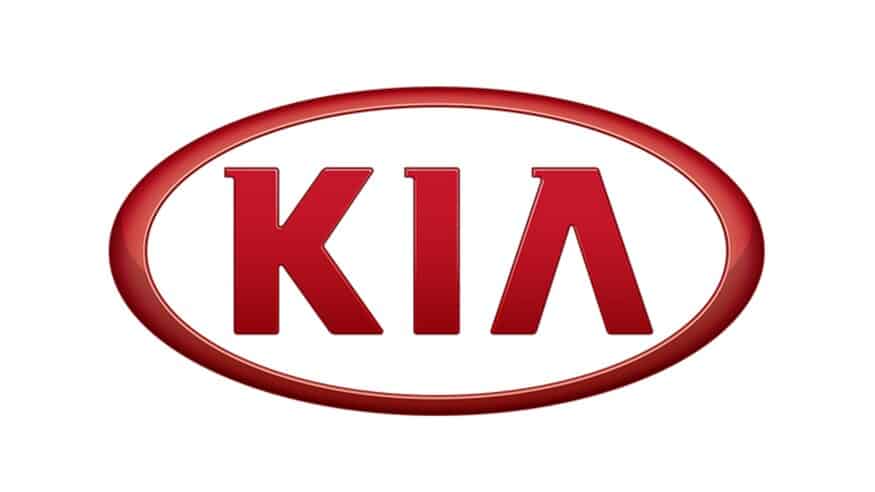


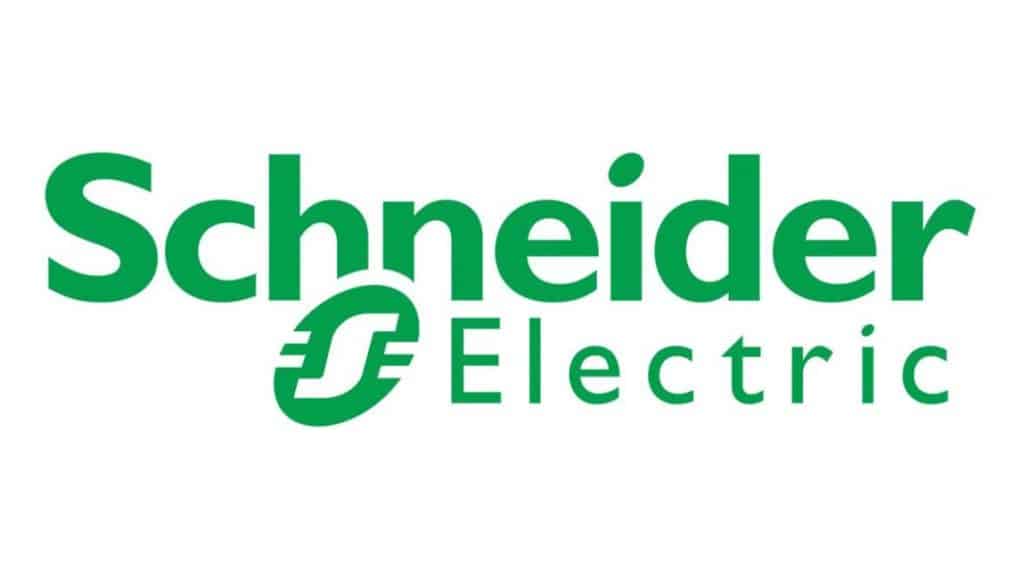

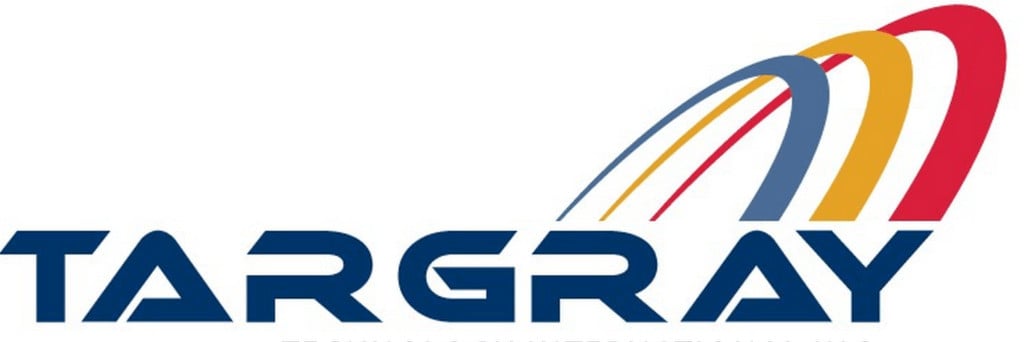


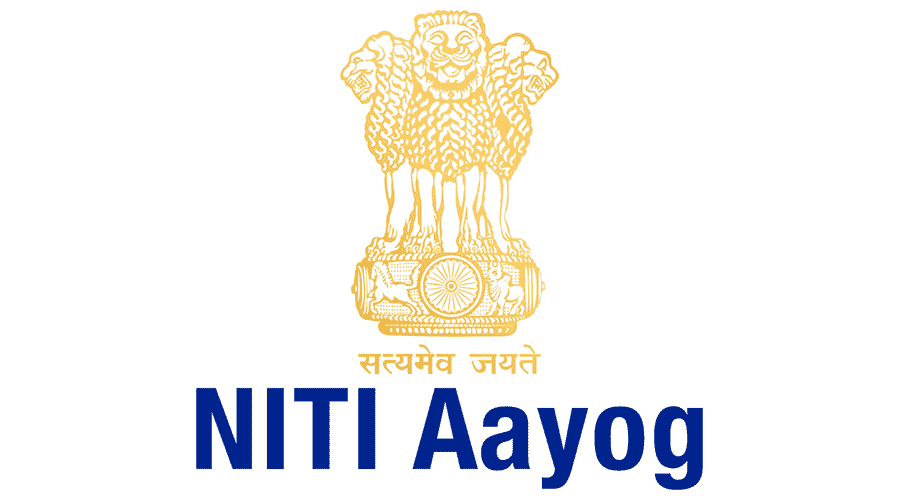



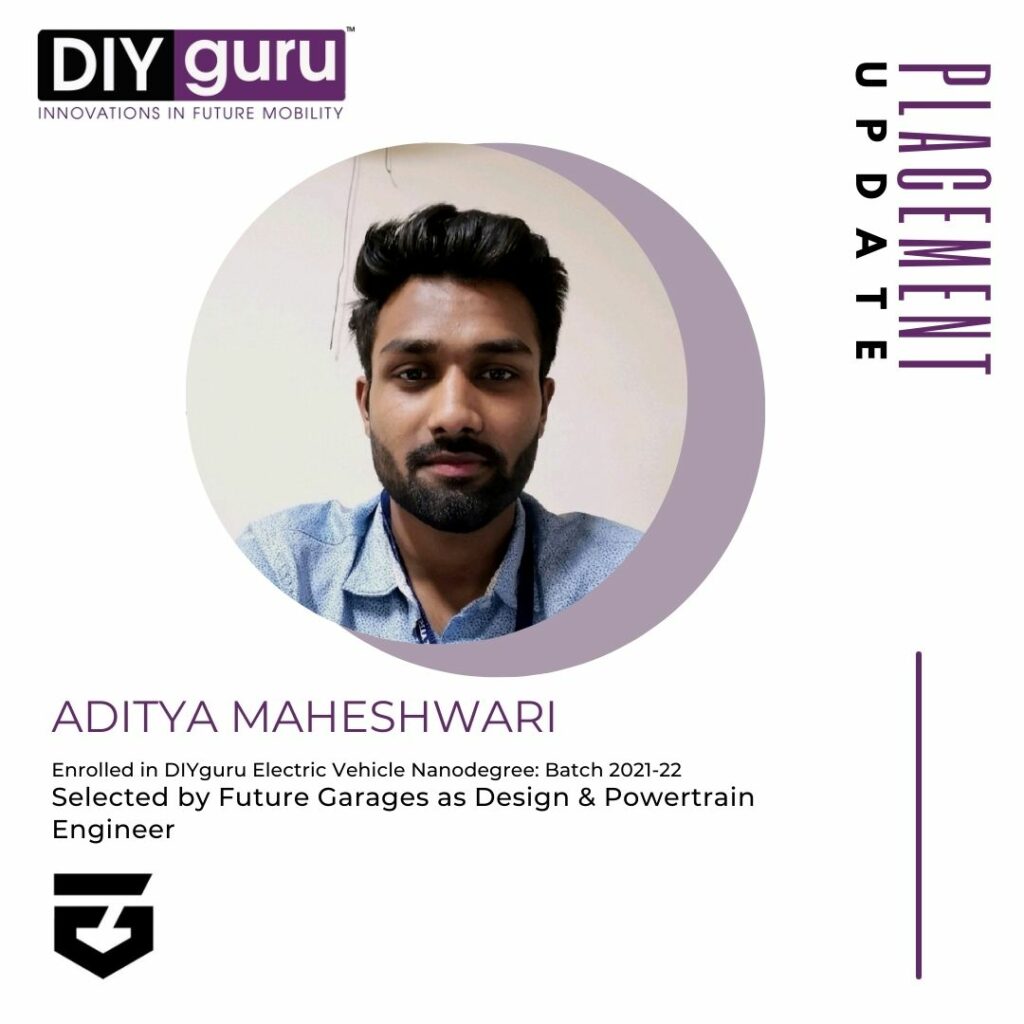
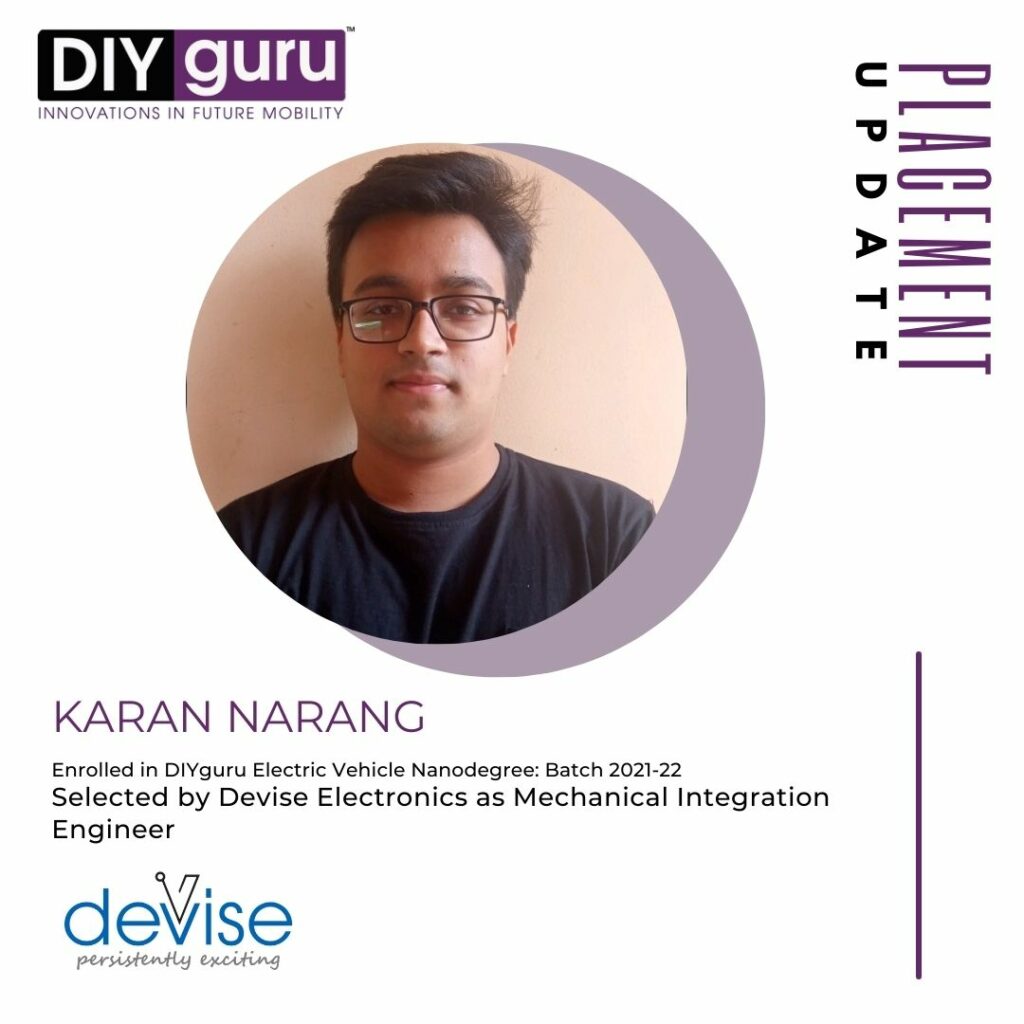
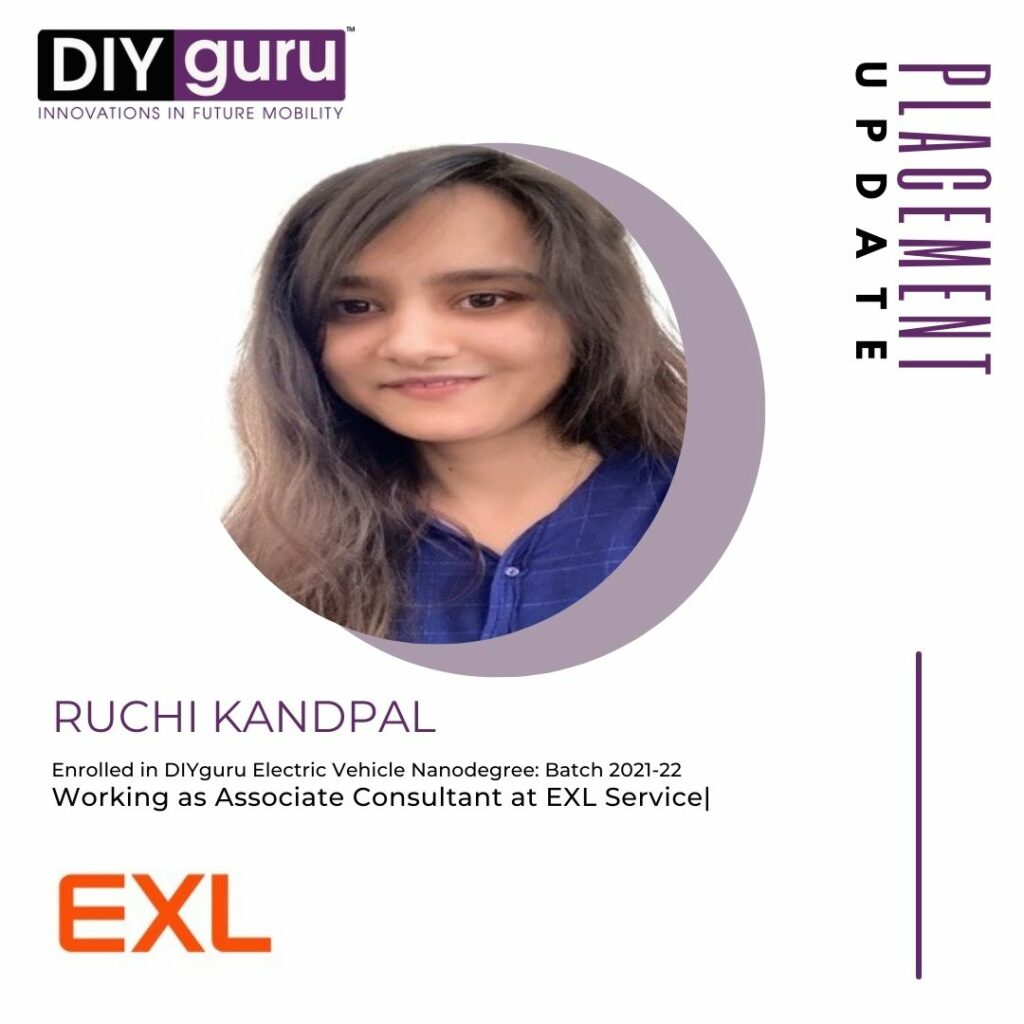








Standard EMI Plans Starting at ₹5,900.
Zest Money/Debit/Credit EMI*
Group Discount, Student Offer and Early Bird offer upto 40% are available.
Offline Hands on Training Center are available at DIYguru Center of Excellences in Delhi, Pune & Mumbai (India) and Nepal, Bangladesh, Malaysia (International Offices)
PAYMENT
The total fees for the course start from 1,00,000 + taxes. You can avail of a 0% EMI option with a monthly instalment of ₹12,000 per month and a down payment of ₹15,500 to block your seat.
You will need to pay ₹15,500 to block your seat once you are shortlisted for the programme.
CAREER ASSISTANCE
Our host of industry partners will receive a detailed profile and programme performance reports of our students. Based on that, they will assess the most suitable candidates and extend job opportunities to the top performers.
This programme has been developed by understanding the hiring challenges and skill gaps faced in the EV Industry in India. This and the application filtering process before the start of the programmes are the two key reasons why a number of top companies are interested in offering exciting opportunities.
LAPTOP REQUIREMENTS
COURSE CURRICULUM
Post this programme, you will get a GlobalCertificate in Electric Vehicle Engineering from ASDC & DIYguru. Along with this, you will receive a comprehensive report of your skills and competencies relevant to Electric Vehicle derived from all your assignments.
This programme will require 6-8 hours of engagement per week, which is flexible, for the duration of the programme (6 months).
This Certification Programmes from ASDC and DIYguru has trained aspiring professionals from across several cities in India and abroad. The mode of delivery is online + Offline. For one week of Hands on Training which is optional as many professionals are unable to attend the program physically you can attend our workshop centers in Delhi, Pune & Bangalore.
In line with our mission to develop extremely industry-relevant online programmes for working professionals, we have involved leading industry professionals at every stage of the programme development. These individuals have decades of experience powering Electric Vehicle Startups & OEMs and driving ROI across continents.
Our industry network has helped us develop and deliver most industry-relevant content and case projects.
Our programmes have a strong experiential component that would prepare you to apply your learning in the job. Learn – Experience – Apply.
Cases and industry projects will help you experience real-life challenges in Electric Vehicle Development. These will enable you to step into the shoes of leading Electric Vehicle OEM’s and companies and put to use the theoretical learning in an experiential manner.

374, MG Road, Delhi - 110030

5th floor, Ark-7, Near Prabhat Plaza, Station Road, Thane (West) – 400601

523, Gera’s Imperium Rise, Wipro Circle, Rajiv Gandhi Infotech Park, Hinjewadi Phase 2, Pune - 411057

DIYguru COE, Ajeenkya DY Patil University, Lohegaon District, Pune – 412105

DIYguru (KIUS), Hosur Main Road, Hombegowda Nagar, Bengaluru – 560029

No 06-01 Jalan Padan Ria 4, Pusat Perdagangan Padan, 81100 Johar Bahru

DIYguru, Vroom Services Limited, Level 6, Plot 10, Road 12, Block F, Niketan, Gulshan, Dhaka 1212.

DIYguru, Abhiyantriki Karmashala Pvt. Ltd. ward No. 06, Dadhikot, Suryabinayak, Bhaktapur, Nepal
Learners from 170+ countries have grown in their career through our programs
Spend less time worrying about job availability, and more time growing your knowledge. Join DIYguru Program today.
If you’re a current student, please get in touch through the DIYguru dashboard to ask about more details of this Program.
Please note, eligibility for DIYguru course is reserved to students who have done related projects and have relevant profiles matching with the pre-requisite of this course.
Our 7-day money-back guarantee starts from the moment of signup and runs through the free week. Cancellations between days 7 and 30 will get a prorated refund.
Fees for the program is charged only when the admission is approved.

DIYguru is India’s largest Hardware Enabled upskilling platform for learners benefiting more than 85,000+ DIY enthusiasts across 400+ institutions through online courses and DIY KITS, imparting hands-on training to acquire industry relevant skills.
374, MG Road, South Delhi,
New Delhi (IN)- 110030

Copyright © 2014-22 | DIYguru Education & Research Pvt. Ltd. All rights reserved.